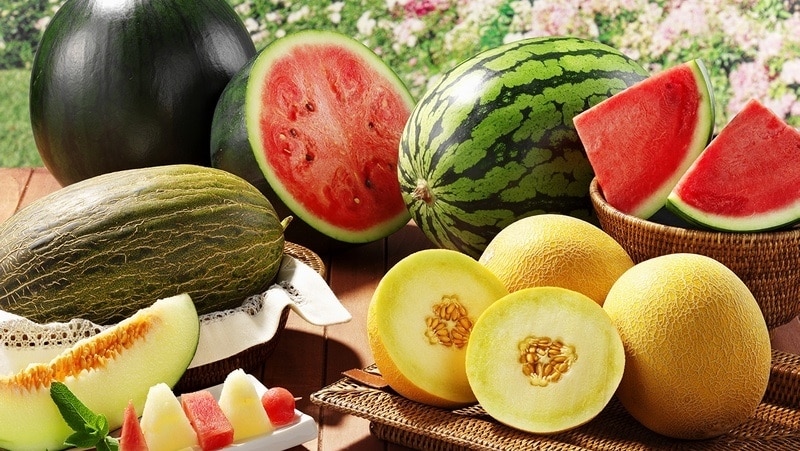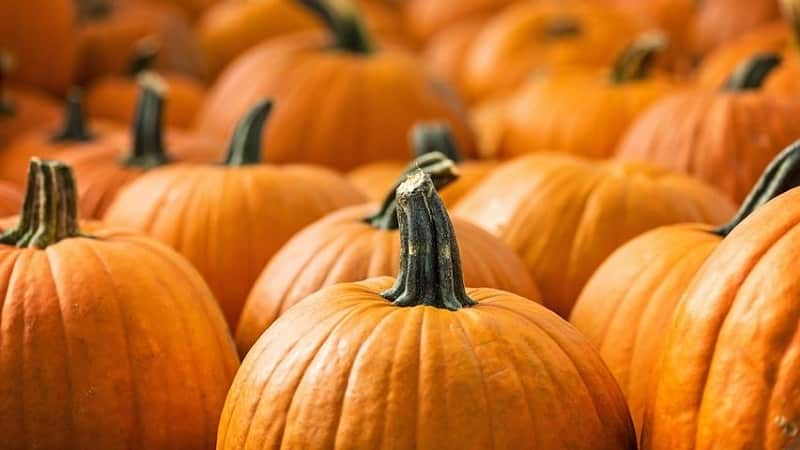What to plant after pumpkin next year: rules of crop rotation and useful recommendations for creating beds
Pumpkin has been known to mankind for more than five thousand years. It contains many vitamins and is very beneficial for the body, in addition, this fruit is very tasty, which is why it has gained such popularity. It is also grown all over the world because it is very easy to care for.
But there are several nuances that qualitatively affect the taste and size of the crop. They are definitely worth taking into account for those who want to grow healthy “fat plants” on their site. For example, crop rotation rules are important. Let's figure out what is better to plant this plant after, and what to plant after pumpkin next year.
What is crop rotation
Our ancestors also noticed that if the same plants are planted in the same place every year, the soil becomes depleted and ceases to produce a good harvest. It also matters which crops grew before a particular plant, and which will grow after it.
The alternation of agricultural crops, identified experimentally over many generations and systematized by modern agronomists and gardeners, is called crop rotation. With this knowledge in hand, even an inexperienced farmer can easily calculate what to plant next. Ideally, the planting site should be changed every season.
So what are the rules for pumpkin crop rotation? It is not recommended to repeat the planting location for this plant more than once every three to five years.
Do you know? In fact, pumpkin is not a vegetable, but a berry, only a very large one.
After which the pumpkin grows better
For this crop, the predecessor that grew on the site before it is important, although in general it is unpretentious. The miracle berry grows best after legumes, cauliflower or early cabbage, onions or garlic.
It also grows well after potatoes and other root vegetables. The most optimal predecessor is perennial grasses or winter wheat. They enrich the soil with the substances necessary for the “fat plant”.
Pumpkin is a heat-loving plant. Before it gets hot and the canes take over the area, you can grow crops such as spinach, lettuce or radishes.
Unsuitable predecessors for pumpkin
First of all, you cannot plant this plant after similar species: cucumbers, squash, zucchini. They have the same diseases, which can infect “relatives” planted in the same area the very next year. In addition, such a sequence emasculates the soil, and the plants will not be able to fully develop and produce a good harvest.
The “fat one” doesn’t like tomatoes, turnips, peppers and eggplants. These plants are considered unfavorable predecessors for pumpkin.

Optimal Followers for a Pumpkin
What to plant after pumpkin next year? This is one of the few crops after which almost any plant can be planted, with a few exceptions.
Pumpkin will be an excellent predecessor for:
What crops should you avoid planting after pumpkin?
After this vegetable, most crops can be planted. The only taboo is plants of the same family.
Zucchini, squash, cucumbers, melons, watermelons - that's what It is not recommended to plant either before or after the pumpkin. The same diseases, the same minerals necessary for growth, the same pests. There are only disadvantages on all sides.

Good neighbors
Different species can coexist with pumpkin. Although there are a number of plants that will be the best neighbors for it. One of them is corn. A fat berry can be planted next to it for compaction. The vegetable is quite tolerant of shade, and corn is not afraid if pumpkin shoots are entwined around it.
Pumpkin also goes well with potatoes, despite the fact that many sources have information to the contrary. Nevertheless, there is experience of such a neighborhood. You can also plant melons along the edges of the plot. At the same time, it is necessary to ensure that the lashes do not fill the beds.
A wonderful neighbor for the fruit and its “relatives” is the black radish. The special substances it secretes during the growth process - phytoncides - will protect the plant from spider mites. Tomatoes planted nearby will prevent pests such as sawflies, moths and aphids from encroaching on pumpkin plants.

Who is pumpkin not friendly with?
Some crops, especially low-growing ones, may feel uncomfortable next to a pumpkin.
Over time, it grows greatly, clogging nearby growing crops. “Neighbors” who do not like pumpkin are practically the same as the unwanted followers and predecessors. Among them are all types of pumpkin (zucchini, cucumbers, squash, melons and watermelons), and also eggplant and cabbage.
Important! Do not plant related plants nearby. Not only can they interfere with each other and infect plants of their own species with diseases, but they also run the risk of simply cross-pollinating with them.Cucumbers or melons cross-pollinated with pumpkin are unlikely to please gardeners with their taste.
Advice from experienced gardeners
The experience accumulated over the years is always of great value. What advice do seasoned gardeners give on pumpkin crop rotation?
Inna: “On my plot, after pumpkins, I plant everything except other pumpkins (melons, cucumbers, watermelons). Although I’m sure that if the vegetables don’t get sick, you can leave them in the same place, including the pumpkin. For example, I have been growing zucchini in the same holes for many years, and they are of the same family. The only caveat is that it must be fertilized annually so that the land does not become depleted. I use humus. The permanent “place of residence” has not yet affected the quality of fruits and productivity, and I have not observed any diseases.”
Sergey: “From a biological point of view, a pumpkin will not harm its neighbors in any way. When choosing crops that will grow nearby, you need to take into account that the pumpkin bushes are powerful and the vines are long. The main thing is that it does not drown out neighboring crops. And after the berry itself, you can plant everything in the garden except its closest relatives. I like the result of planting tomatoes and potatoes after it.”
Lyudmila: “Pepper grows well after pumpkin, the soil after it is optimal! If you are growing peppers in a greenhouse, you can even transfer pumpkin soil under them. Yes, it's a hassle, but the results are worth it. Tomatoes or eggplants are also good on such soil.”

Conclusion
Despite the apparent simplicity of caring for pumpkin, there are features that are fundamentally important for this culture. She is picky about her predecessors, but it is important for her to take into account the rules of crop rotation. It is better to avoid cucumbers, zucchini, melons, and watermelons as predecessors for pumpkin.And after the “fat one” itself, you can plant almost any vegetables, except those related to it.
It is advisable to fertilize the soil after pumpkin with organic matter: compost or humus. This will increase the yield in the former pumpkin patch significantly. Compliance with the rules for planting successors and predecessors and proper preparation of the soil after sowing pumpkin will help to obtain an optimal harvest of both the pumpkin itself and other crops.
